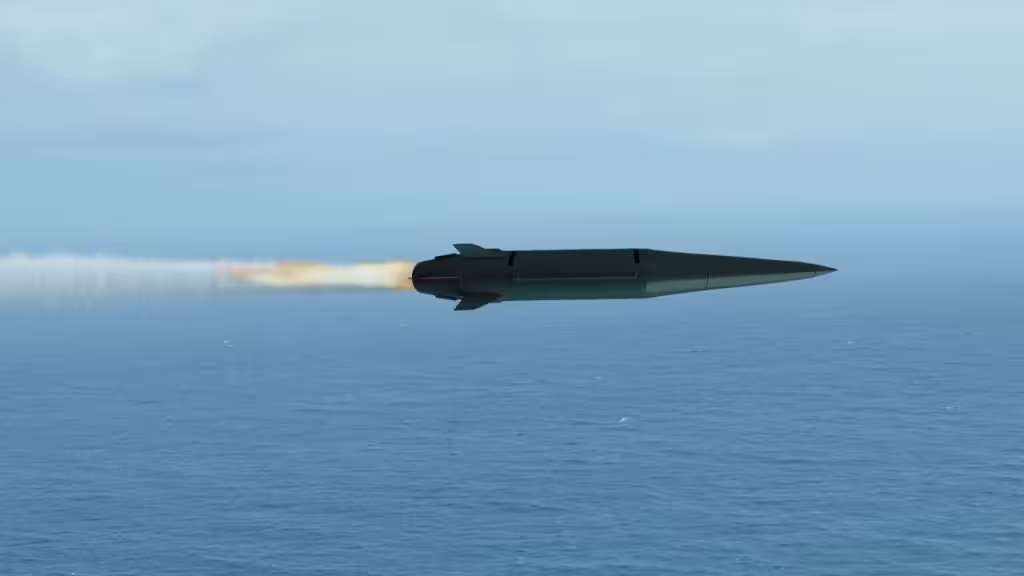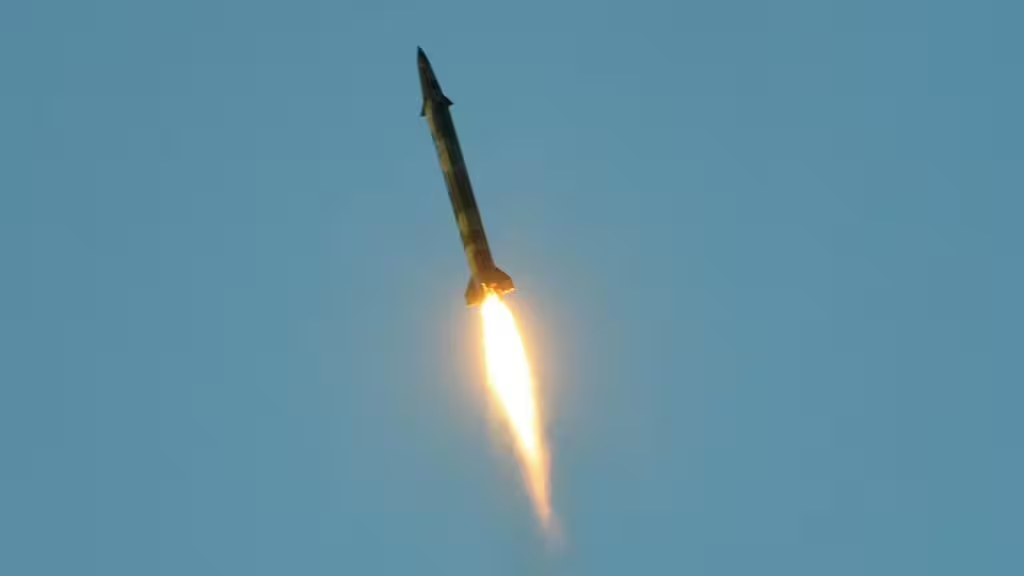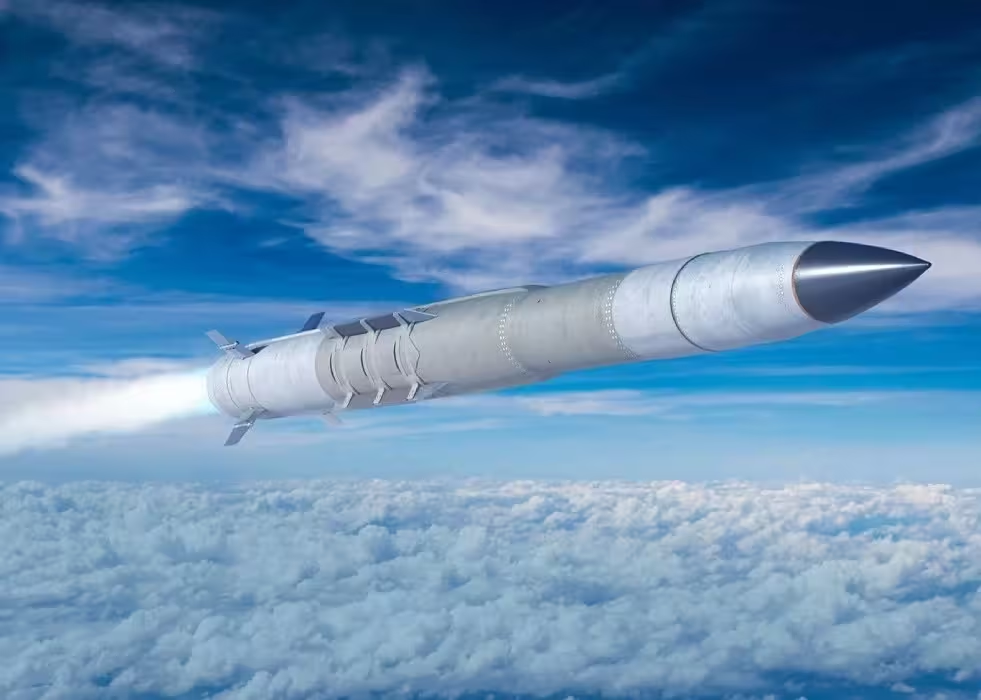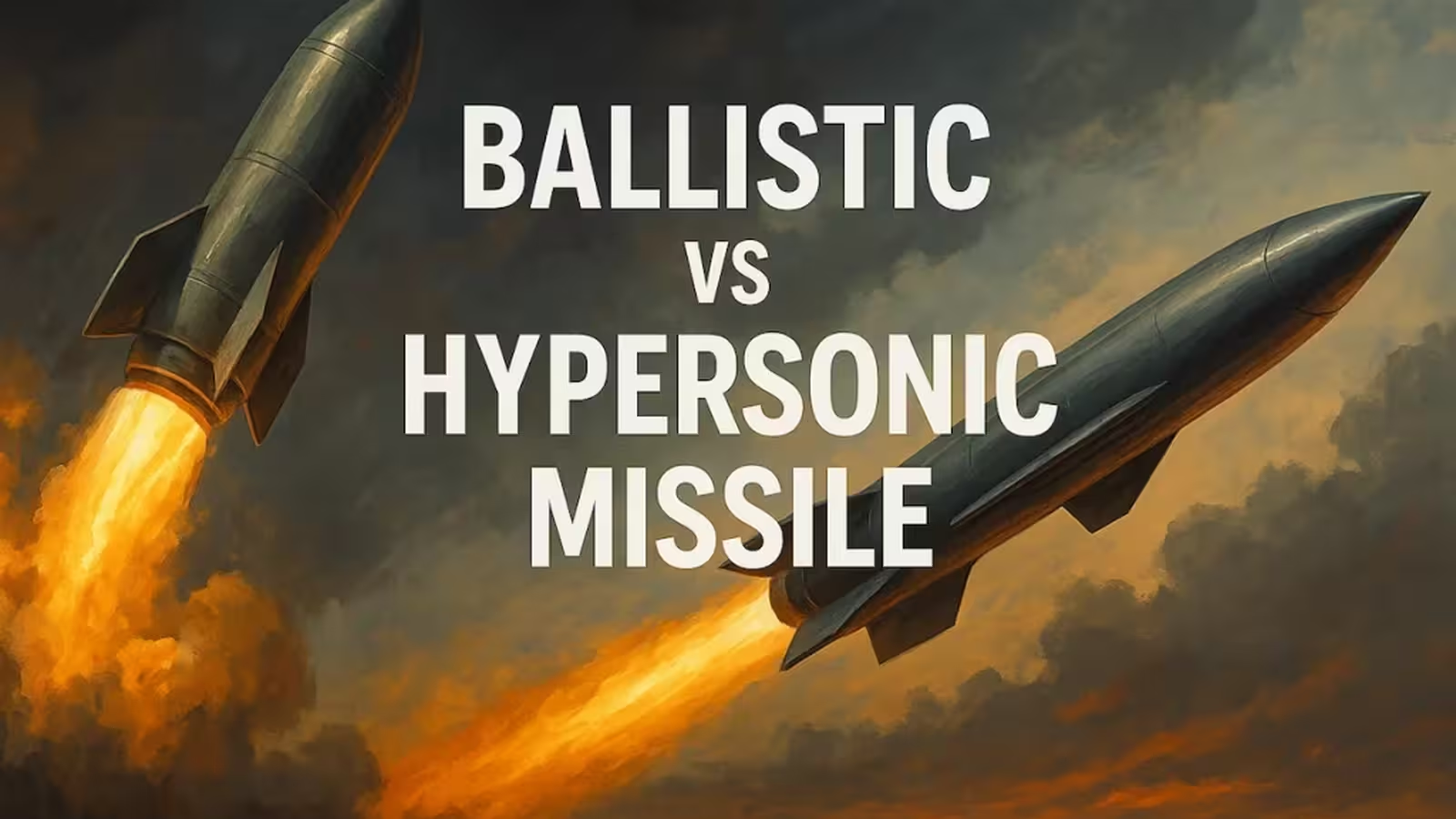6 Minutes
Understanding Hypersonic and Ballistic Missiles: A Modern Technological Race
The arena of modern warfare is rapidly changing with the development of next-generation missile technology. At the forefront of this shift are hypersonic and ballistic missiles—two advanced weapon classes that, while both capable of astonishing speeds and intercontinental range, fundamentally differ in their design, flight patterns, and strategic roles. Understanding these differences is crucial for grasping the technological and tactical challenges facing global security today.
Scientific and Strategic Background
Ballistic missiles, including Intercontinental Ballistic Missiles (ICBMs), have been central to global military deterrence since the Cold War. These missiles operate by launching into space in a parabolic arc, relying mainly on the force of gravity and the momentum from their initial boost phase to descend onto their targets. Their typical flight involves three distinct phases: the boost phase (powered flight), midcourse phase (traveling through space), and terminal phase (re-entry into Earth's atmosphere).

Hypersonic missiles represent a much newer class of weapons. These include hypersonic glide vehicles (HGVs) and hypersonic cruise missiles, both capable of speeds exceeding Mach 5 (five times the speed of sound, over 6,100 kilometers per hour). Unlike ballistic missiles, hypersonic weapons are predominantly designed to travel within the atmosphere and feature remarkable maneuverability, allowing them to alter course unpredictably as they home in on their targets.
The Distinctive Mechanics: Range, Trajectory, and Maneuverability
Ballistic Missiles: Tradition, Reach, and Predictability
Ballistic missiles come in several variants based on range: Short-Range Ballistic Missiles (SRBMs), Medium-Range (MRBM), Intermediate-Range (IRBM), and ICBMs. Following launch, they arc high into the upper atmosphere or beyond, then descend at blistering speeds onto their target. For example, an ICBM can travel distances up to 8,800 kilometers.
While capable of carrying nuclear or conventional warheads across continents, ballistic missiles have two principal drawbacks. Firstly, they are technologically complex and expensive to manufacture. Secondly, their fixed high-altitude trajectories are highly predictable, making them increasingly vulnerable to interception by advanced missile defense systems. Modern upgrades like Multiple Independently targetable Reentry Vehicles (MIRVs)—which separate into multiple warheads—have added complexity to interception efforts, but the basic vulnerability due to predictability remains. Despite these limitations, ballistic missiles continue to be a cornerstone of nuclear deterrence for nuclear-armed states.

Hypersonic Missiles: Speed and Unpredictable Maneuvering
In stark contrast, hypersonic missiles are engineered for atmospheric flight and can perform rapid, evasive maneuvers throughout their journey to the target. Types include hypersonic glide vehicles, which are launched atop rockets but then detach and glide at hypersonic speeds, and hypersonic cruise missiles, which utilize advanced propulsion such as scramjets to maintain velocity and agility. Their ability to fly at lower altitudes—often below traditional radar horizons—and to change direction quickly makes them nearly impossible to track or intercept with current air and missile defense systems.
The inherent unpredictability and maneuverability of hypersonic weapons dramatically shorten the warning time for adversaries. As a result, they blur the lines between conventional and nuclear warfare, presenting new challenges for global security and military strategy. According to the Arms Control Association, this ambiguity and potential for rapid, unexpected strikes pose serious risks to international stability.
Implications for Defense, Deterrence, and Arms Control
The technological race for hypersonic weapons is intensifying, with major powers like the United States, China, and Russia pouring billions into research, testing, and deployment. Hypersonic capability is seen as a strategic game-changer, offering the potential for bypassing current missile defense arrays and enabling surprise attacks on critical infrastructure.

However, these systems are not without their own limitations. Operating at extreme speeds generates intense heat, placing enormous stress on onboard electronics and the structural integrity of missile materials. The scientific and engineering challenges of ensuring reliability, accuracy, and survivability at hypersonic velocities remain formidable. Moreover, the high costs associated with developing and deploying hypersonic missiles currently limit their widespread adoption, but this is likely to change as technology advances and production scales up.
According to defense experts, the growing prevalence of hypersonic weapons threatens to upend existing arms control frameworks and could undermine decades of progress in nuclear deterrence and global stability. The "crossover" capability—where the same platform could be armed with either conventional or nuclear warheads—adds further risk by complicating identification, potentially increasing the likelihood of escalation or miscalculation during crises.
Conclusion
The race between hypersonic and ballistic missile technologies is redefining the global strategic landscape. While ballistic missiles remain essential for long-range deterrence, especially with nuclear payloads, their predictable trajectories and established countermeasures are increasingly challenged by the advent of hypersonic weapons. Hypersonic missiles, with their unmatched speed and maneuverability, represent a formidable leap in military capability and pose unique tests for current defense systems. As global powers accelerate their investment in hypersonic technology, the world stands on the threshold of a new era in warfare—one that demands not only technological innovation but also renewed attention to arms control, strategic stability, and international security frameworks.


Comments